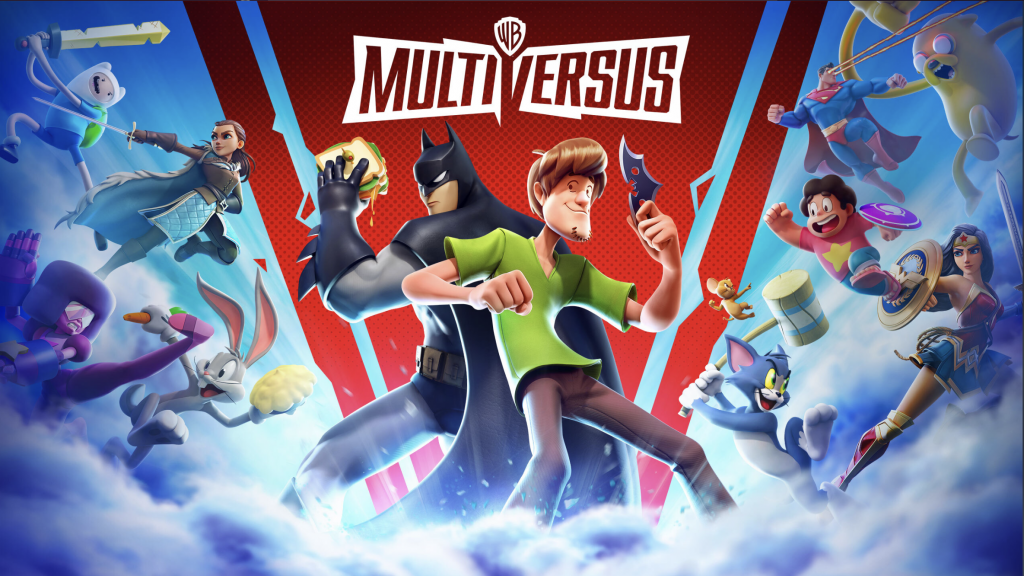Gaming

The official May launch of Warner Bros. Games’ IP-infused platform fighter Multiversus marks the exciting arrival of gaming’s latest free-to-play (F2P) blockbuster release.
There’s no shortage of competition waiting to greet Multiversus, including heavy-hitters like Fortnite, Marvel Snap and Destiny. These four titles pitch themselves as AAA-quality “live” games that are totally free to play. The zero-dollar price of entry only works because these titles—and other F2P titles like them—deliver for-pay seasonal content drops that are built to keep dedicated players hooked and wanting more.
I’m one of those players. During my 20 years in the press as a journalist and critic covering video games, I developed an enduring fascination with games sustained by ongoing feedback loops where the time/money investment feels genuinely rewarding. Even today, in 2024, I still make room in most of my evenings to pop into a Destiny fireteam, adding to the thousands of hours I’ve spent playing the game across the past 10 years.
Now, as a PR professional, I find myself regularly looking at this category of games—which I’ve invested so much personal time into—with new questions on my mind. How do you get people excited for games that demand a high level of investment? And what can a newcomer do to stand out in an ever-more-crowded space?
Don’t Hang Too Much on Your Hook
As storytellers, we all understand a strong hook’s important role in getting people through the door initially. But when dealing with any kind of service-based game, F2P or not, it’s critical to understand that the hook is just a starting point. The principal selling point of “live” games can be summed up in a question that forever lingers on players’ lips: What comes next?
That question needs to be answered many times over the course of a service game’s life, with the substance and cadence of those answers shaping the plot of your unfolding narrative. So it’s important to stay nimble, keep a finger on the community pulse, and develop strategic plans with baked-in flexibility.
Make Your Universe a Fun Place to Be
There’s no rule that says the entertainment value you provide to players can only exist within the confines of your video game. Think about what kinds of levers you can pull outside the game to foster—in a fun way—a greater sense of immersion for an engaged community.
Bring a fan-favorite character to life on social media as a source of entertainment; bake an in-universe perspective and voice into your ongoing public communications; develop augmented reality experiences and other points of engagement that the community would find rewarding. Look at every external channel you lean on as a creative play space where the world inside your game can continue to grow.
Nurture Community Education
“Easy to pick up, difficult to master” is the desired vibe for most live service games, but no tutorial is enough to set every player on the road to mastery. So make sure to leave room in your strategy for guides, teams, and writers. Service writing is one of the most time-consuming and research-intensive coverage focuses in any newsroom. Coverage decisions are also often heavily informed by search metrics (e.g., audience interest) and newsroom bandwidth.
So take the time to understand the player’s journey. Where are the steepest inclines on your learning curve? How does player choice influence the gameplay? What kinds of reference materials can you provide? Consider the pain points and key choices that players will run into on their road to mastery. Bring a time-saving mindset to any assets and information you might share. Coverage is the ultimate goal, so make it an easy choice for service writers by providing substantive reference materials that ease the heavy lifting of guidewriting for newsrooms.
Hype Your Moneymakers with Care
Cosmetic items tend to be critical sources of revenue for free-to-play games, but they come with an inherent messaging challenge. Yes, cosmetics create opportunities for players to personalize their experience, often at a low price point. But at the same time, any value cosmetics add will always play second fiddle to gameplay for consumers. That tension should be a central consideration in any messaging strategy where cosmetics are in the mix.
Ask yourself: Is there a story you can tell around a particular cosmetic drop—maybe an IP activation, an item with meme potential, or an exciting extension of the lore? Not every beat needs the same level of communication. A manufactured beat usually won’t make sense for new content drops. It is better to nurture the community’s lingering interest in the game itself and trust that their growing enthusiasm will drive them toward value-adding cosmetic purchases.
Parting Thoughts
Every game brings its own unique messaging considerations and demands, but the fundamental takeaway here is this: Make the player experience your North Star. We can’t dictate how a game will be received, but we can do our part to set it up for success by putting the audience first. Take the time to figure out what keeps fans returning for more, and embrace that mindset as your own. What would you want to see? Let the answer to that question light the way.